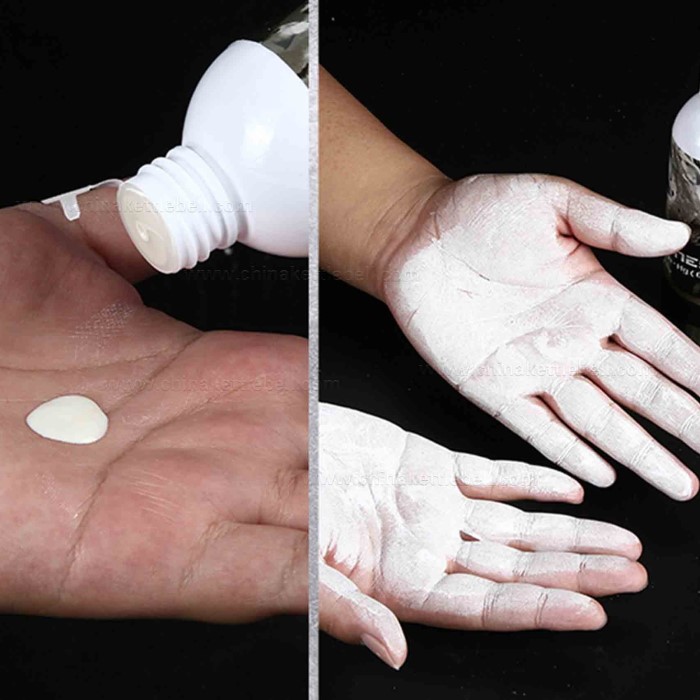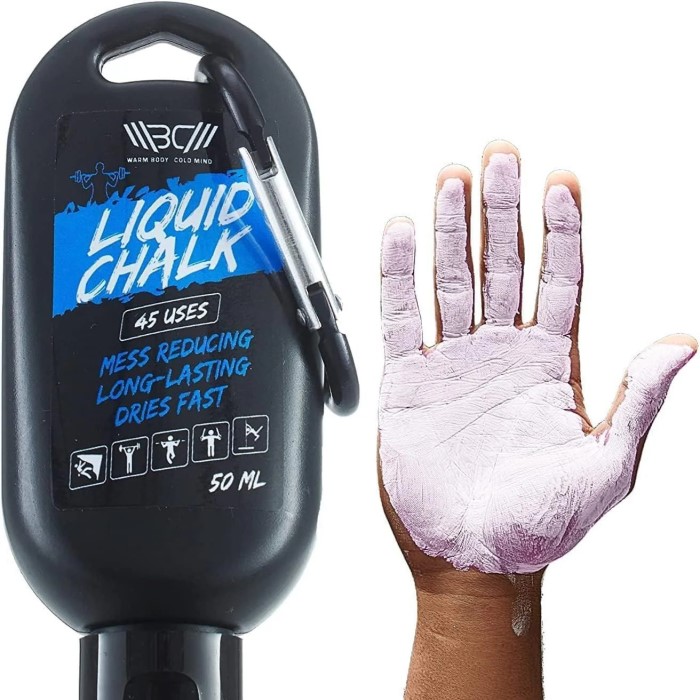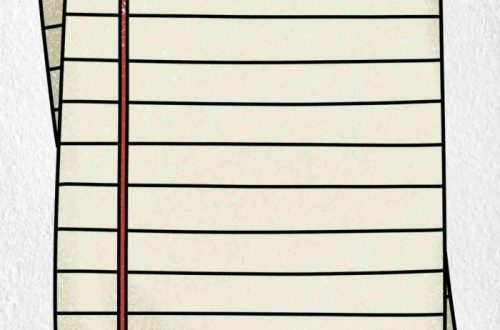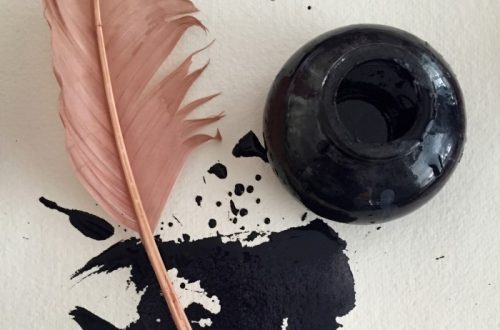What is Liquid Chalk?
Liquid chalk is a quick-drying substance used for better grip during physical activities. It combines magnesium carbonate with alcohol and other ingredients to create a smooth application. Unlike traditional chalk, liquid chalk minimizes dust and improves cleanliness in sports environments. Its versatility makes it popular among athletes and fitness enthusiasts.
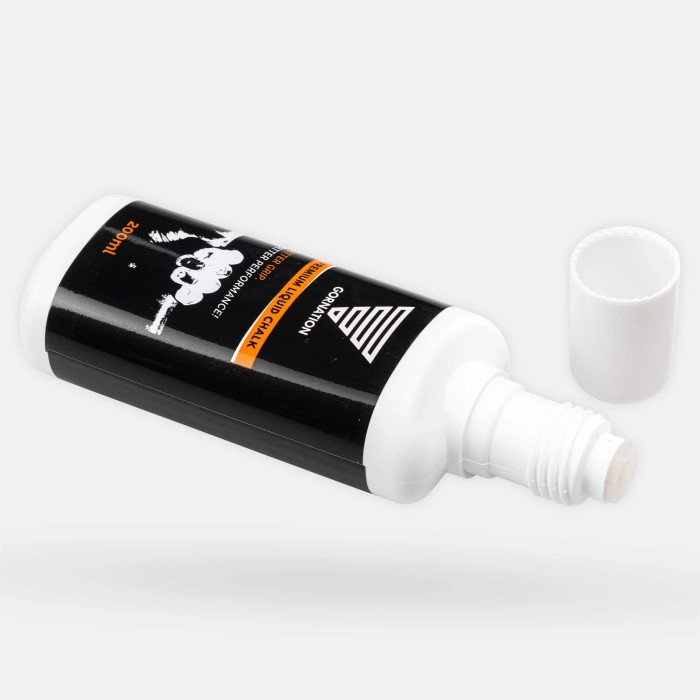
Composition and Ingredients
Liquid chalk is primarily made of magnesium carbonate. This substance helps absorb moisture and sweat from the skin. Alcohol is added to create a fast-drying formula and ensure bacteria prevention. Some formulas include essential oils or skin-friendly additives to reduce irritation. These components work together to provide firm grip and comfort during use.
How Liquid Chalk Differs from Traditional Chalk
Liquid chalk offers significant advantages over traditional powder chalk. Traditional chalk is dry and creates dust, which can irritate lungs over time. Liquid chalk eliminates dust, making it safer for indoor use. It stays on the skin longer, reducing the need for frequent reapplications. Liquid chalk also sticks better to equipment surfaces, providing steady grip during sports. These features make it a cleaner, efficient alternative for athletes.
Benefits of Using
Liquid chalk has become a favorite for athletes seeking improvements in grip and cleanliness. Its benefits extend beyond sports, making it versatile and practical.
Enhanced Grip Strength and Performance
Liquid chalk significantly improves grip strength during physical activities. Its formula absorbs sweat and moisture to keep hands dry. This reduces slippage, giving you better control over equipment. In weightlifting, liquid chalk ensures firm hold on bars and dumbbells. Climbers benefit from its long-lasting grip on rocks and climbing equipment. Gymnasts and aerial sports enthusiasts find it helpful for maintaining a steady grip on bars and ropes. Better traction translates to enhanced performance and fewer accidents.
Reduced Mess and Dust Compared to Powder Chalk
One major advantage of liquid chalk is its ability to minimize mess. Unlike powder chalk, chalk doesn’t generate dust. Dust from powder chalk can settle on surfaces, causing cleanup headaches. It also poses risks of irritation for lungs during indoor activities. With chalk, users experience a cleaner environment. It stays on hands longer, reducing frequent applications and wasted material. This feature makes it ideal for gyms, climbing gyms, and competitive sports settings.
Common Applications
Liquid chalk is highly versatile, making it useful across many activities. Its ability to enhance grip and reduce mess has made it a favorite among athletes and even in non-sporting contexts. Below are its common applications.
Fitness and Weightlifting
Liquid chalk is popular among gym enthusiasts and weightlifters. It enhances grip on barbells, dumbbells, and kettlebells. By absorbing sweat, it prevents slipping and improves control during lifts. This grip reliability is crucial for heavy lifting and minimizing injuries. Unlike powder chalk, it doesn’t create dust or mess, keeping gym spaces cleaner.
Climbing and Bouldering
Rock climbers and boulderers rely on liquid chalk for safety and performance. It sticks well to hands and holds, ensuring a firm grip on climbing surfaces. Liquid chalk lasts longer compared to powder chalk, reducing interruptions for reapplication. Its dust-free properties are particularly valued in indoor climbing gyms, where air quality matters.
Gymnastics and Aerial Sports
Gymnasts and aerial sports practitioners use chalk to enhance performance on bars, ropes, and rings. It ensures stability during flips, swings, and other movements. Liquid chalk’s strong adhesion reduces the risk of slipping and accidents. Its longevity also saves time during performances, benefiting professionals and hobbyists alike.
Other Everyday Uses: Office, Crafts, Etc.
Liquid chalk isn’t limited to sports. Office workers use it for improved handwriting on slick boards. Artists and craftsmen apply it for tasks requiring a secure grip, like handling tools or materials. Its quick-drying formula and easy application make it versatile for various creative and practical needs.
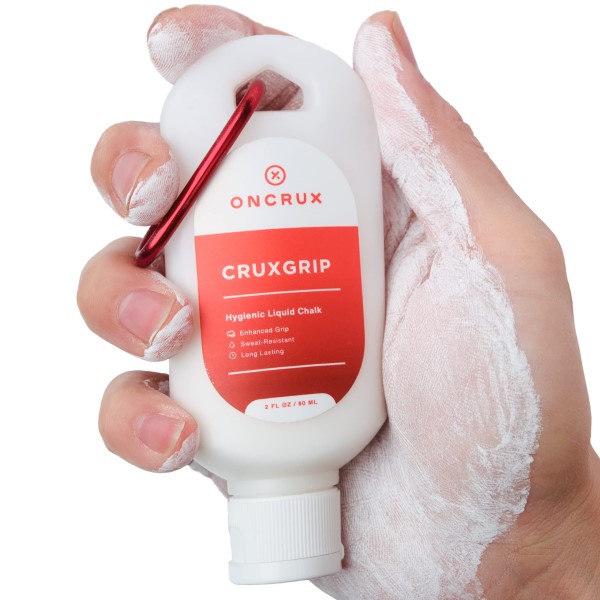
How to Apply Liquid Chalk Correctly
Proper application of liquid chalk ensures maximum grip and efficiency. Correct usage extends its longevity and effectiveness for various activities.
Steps for Applying Chalk on Hands
- Clean Your Hands: Wash and dry your hands thoroughly before applying liquid chalk. Clean hands allow better adhesion.
- Shake the Bottle: Shake the chalk bottle well. This ensures an even mix of ingredients before use.
- Dispense a Small Amount: Squeeze a dime-sized portion onto your palm. Avoid using excess to prevent waste.
- Spread Evenly: Rub the liquid chalk evenly across your palms and fingers. Cover all areas that will grip equipment.
- Let It Dry: Allow the liquid chalk to dry completely before beginning your activity. This usually takes a few seconds.
- Reapply if Needed: Reapply as necessary during your session, especially for long-duration activities.
Tips for Maximum Efficiency and Longevity
- Store Properly: Keep the bottle tightly sealed when not in use. This prevents drying out.
- Avoid Overuse: Use only the amount needed for grip. Excessive application creates unnecessary mess.
- Combine with Other Aids Responsibly: Pair it with gloves or straps when lifting heavy weights.
- Test for Skin Sensitivity: Before full use, test a small amount on your skin. This helps avoid irritation.
- Allow Breathable Rest Periods: Wash your hands after intense sessions to keep skin healthy and avoid chalk buildup.
Knowing how to apply liquid chalk correctly ensures safety and optimal performance across various activities.
Different Activities
Different physical activities demand unique formulations of chalk. Selecting the right formula can enhance your performance and ensure safety. Liquid chalk’s versatility means there are options tailored for various sports and other uses. Below, we explore how to choose the best liquid chalk and highlight popular brands.
Choosing the Right Formula for Your Needs
- For Weightlifting and Strength Training:Choose a formula with a thicker consistency. These provide a durable grip for heavy lifts. Look for long-lasting options that require fewer reapplications.
- For Climbing and Bouldering:Use fast-drying chalk with added adhesion properties. This ensures better grip on rock surfaces and climbing holds. Select a skin-friendly formula to reduce irritation during extended use.
- For Gymnastics and Aerial Sports:Opt for chalk that’s lightweight yet sticky. It ensures stable grip during flips and swings. Avoid overly thick formulas, as they may hinder flexibility.
- For Everyday Use:If using chalk for crafts or office needs, a basic formula works well. Quick-drying, clean varieties are best for tasks like whiteboard writing or tool handling.
- For Sensitive Skin:Choose a formula with skin-conditioning additives like essential oils. These reduce irritation and keep your hands comfortable during long sessions.
- Check Compatibility with Equipment:Ensure the chalk does not leave residue or damage equipment like climbing holds or gym bars.
Popular Brands and Products in the Market
- Black Diamond:Known for its strong adhesion and long-lasting grip. It’s ideal for climbing and weightlifting.
- Petzl Power:Features a fast-drying formula. Highly popular among boulderers and indoor climbers.
- Spider Chalk:Offers a premium blend with no fillers. Great option for sensitive skin and heavy lifting.
- Friction Labs Secret Stuff:Trusted by professional athletes. Highly effective for gripping smooth or challenging surfaces.
- Liquid Grip:Affordable and versatile. A reliable choice for weightlifting, gymnastics, and general fitness.
- IronMind:Offers superior durability. Frequently used in competitive weightlifting and strongman events.
By selecting the right liquid chalk tailored to your needs, you maximize safety, performance, and comfort during any activity.
Maintenance and Safety Considerations
To ensure long-lasting benefits and safety, proper maintenance and care for liquid chalk are essential.
Cleaning Up After Use
Keeping your hands and equipment clean post-use is important. Here are steps to follow:
- Wipe Equipment Clean: After use, wipe bars, tools, or surfaces with a damp cloth. This removes any chalk residue.
- Wash Hands Thoroughly: Wash your hands with soap and warm water. This prevents chalk buildup and keeps your skin healthy.
- Avoid Leaving Chalk: Do not leave liquid chalk on equipment for too long. It might cause discoloration on some surfaces.
- Use Proper Storage: Store equipment and chalk in a clean, dry area. This keeps your workout environment tidy.
These steps ensure a clean and safe environment for your workouts or activities.
Skin Care and Handling Precautions
Caring for your skin when using liquid chalk is crucial. Follow these precautions:
- Moisturize Regularly: Use a moisturizer before and after chalk use. This prevents dry or cracked hands.
- Limit Reapplication: Avoid applying chalk too often. Overuse can irritate the skin.
- Perform a Patch Test: Test a small amount of chalk on your hand. Ensure it doesn’t cause irritation.
- Choose Skin-Friendly Formulas: Opt for chalk with added skin conditioners, like essential oils.
- Monitor Skin Condition: Check your palms and fingers for damage or irritation. Take breaks if needed.
By maintaining proper cleanliness and caring for your skin, you’ll maximize the benefits of chalk while protecting your health.
Comparing Liquid Chalk to Alternative Grip Solutions
Liquid chalk is a reliable solution for improving grip. However, comparing it to alternatives helps you choose the best option for your needs. Below, we explore how liquid chalk stacks up against powder chalk and other grip aids like gloves and straps.
Liquid Chalk vs Powder Chalk
Dust and Cleanliness
-
- One of the significant advantages of liquid chalk is that it creates no dust, making it a cleaner option compared to traditional powder chalk.
- Powder chalk often leads to messy environments, as the fine particles can spread easily throughout the space, covering equipment and surfaces.
- The dust generated by powder chalk can also pose respiratory issues, as inhaling these particles may irritate the lungs, especially during indoor workouts.
- Indoor activities such as climbing or weightlifting in a gym setting benefit from using liquid chalk, as it contributes to a cleaner and healthier atmosphere.
Application and Longevity
-
- Liquid chalk is designed to dry quickly once applied, which means users can get to their activities faster without the long wait associated with some other products.
- In terms of durability, liquid chalk tends to last longer than powder chalk on the hands, reducing the need for frequent reapplication.
- This feature saves valuable time during workouts, as athletes can focus more on their activity rather than continuously applying chalk.
- With the extended longevity of liquid chalk, users can maintain a reliable grip throughout their sessions, enhancing overall performance.
Grip Strength
-
- Both liquid chalk and powder chalk are known for providing a strong grip; however, chalk adheres better to both hands and equipment.
- The unique formulation of liquid chalk ensures that it bonds well, resulting in improved grip stability during intense activities.
- In contrast, powder chalk may require more frequent reapplications to maintain optimal grip performance, especially in sweaty conditions.
- Athletes who rely on consistent grip strength, such as climbers and weightlifters, often find that chalk offers a significant advantage over its powdered counterpart.
Environmental Suitability
-
- Liquid chalk is especially well-suited for gyms and indoor spaces due to its dust-free formula, enhancing cleanliness and minimizing the risk of respiratory irritation.
- In indoor environments, the absence of chalk dust helps maintain air quality, which is vital for safety and comfort during workouts.
- Conversely, powder chalk is more appropriate for outdoor activities where cleanliness is less of a concern, such as climbing in natural settings.
- Athletes participating in outdoor sports may prefer powder chalk since it can dissipate without leaving a residue, making it suitable for rugged environments.
Convenience
-
- Liquid chalk typically comes in convenient bottles, allowing for easy carrying and application without the risk of spills.
- This design enables athletes to use chalk on the go, whether they are at the gym, on a climbing trip, or engaged in outdoor training.
- On the other hand, powder chalk is usually stored in bulkier bags or blocks, which can be harder to manage, especially in active settings.
- The ease of use with chalk promotes a more efficient routine, allowing athletes to focus their energy on their performance rather than managing their chalk.
Exploring Other Grip Aids: Gloves, Straps, etc.
- Gloves:
- Gloves provide full hand protection and a decent grip for lifting and sports.
- They prevent calluses but can reduce tactile feedback, especially in climbing or gymnastics.
- Liquid chalk offers better direct skin contact with equipment for precision-based activities.
- Straps:
- Straps support heavy lifting by transferring weight to the wrists and arms.
- They assist grip but don’t improve hand stickiness like chalk does.
- Liquid chalk complements straps by preventing slippage before the bar reaches the wrist.
- Grip Tapes:
- Grip tapes wrap around equipment to enhance friction.
- They are beneficial for stationary setups but don’t adapt to dynamic activities as well as chalk.
- Natural Skin Oils:
- Some people prefer relying on their skin’s natural friction.
- However, sweaty palms can compromise grip, where chalk becomes a game-changer.
When comparing liquid chalk to these alternatives, consider your activity, preferences, and environment. Liquid chalk often provides the best balance of grip, cleanliness, and convenience for most situations.
Conclusion
In summary, liquid chalk is a versatile product that offers many uses and benefits across various sports and fitness activities. From climbing to weightlifting and gymnastics, its advantages are clear. The ability to provide a longer-lasting grip, reduce mess, and enhance performance makes liquid chalk an excellent choice for serious athletes.
By ensuring safety and recognizing how best to use liquid chalk, athletes can enjoy all its advantages while enhancing their performance. Whether you’re a beginner or a seasoned pro, incorporating liquid chalk into your toolkit can help you perform at your best while maintaining a high level of safety during your workouts. Embrace the benefits of chalk today and experience the difference it can make in your athletic journey.

